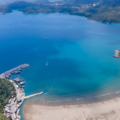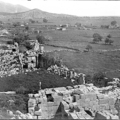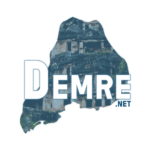Nestled along the turquoise shores of the Mediterranean in southwestern Turkey, the modern-day town of Demre is a quiet place with a deeply storied past. Known in ancient times as Myra, this small Lycian town has witnessed millennia of human history — from prehistoric settlements and classical splendor to Byzantine sanctity and Ottoman resilience. Today, it welcomes travelers not only with natural beauty but also with layers of living memory. Let’s journey through time and uncover the full historical narrative of Demre.
Prehistoric & Early Settlements
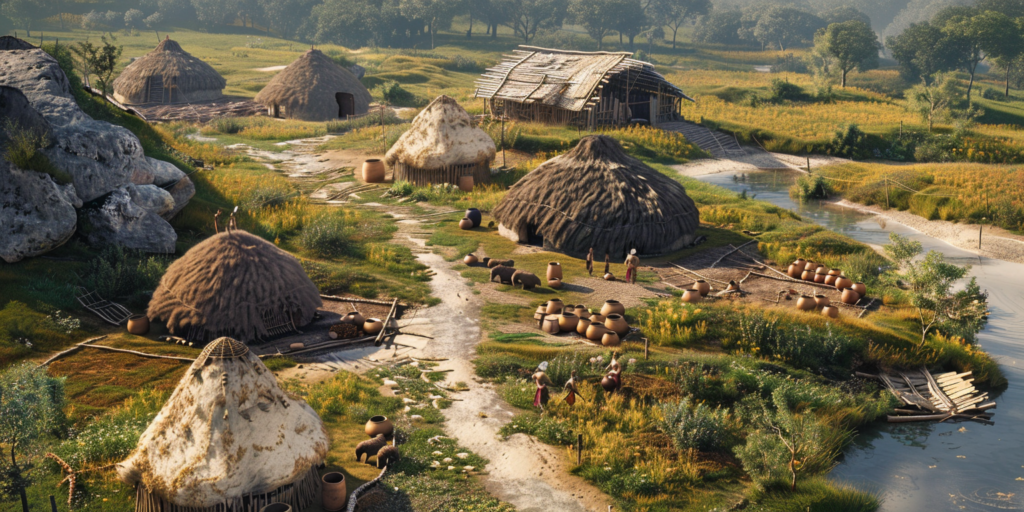
Though archaeological exploration in the region is still ongoing, signs of human habitation in Demre’s area date back to the 5th millennium BCE. The fertile plains of the Demre River (historically known as the Myros River) and its mild Mediterranean climate made this area ideal for early farming communities. Neolithic and Chalcolithic tools have been found in nearby caves and hilltops, hinting at the presence of hunter-gatherers who gradually transitioned into settled agricultural life.
The Rise of Lycia
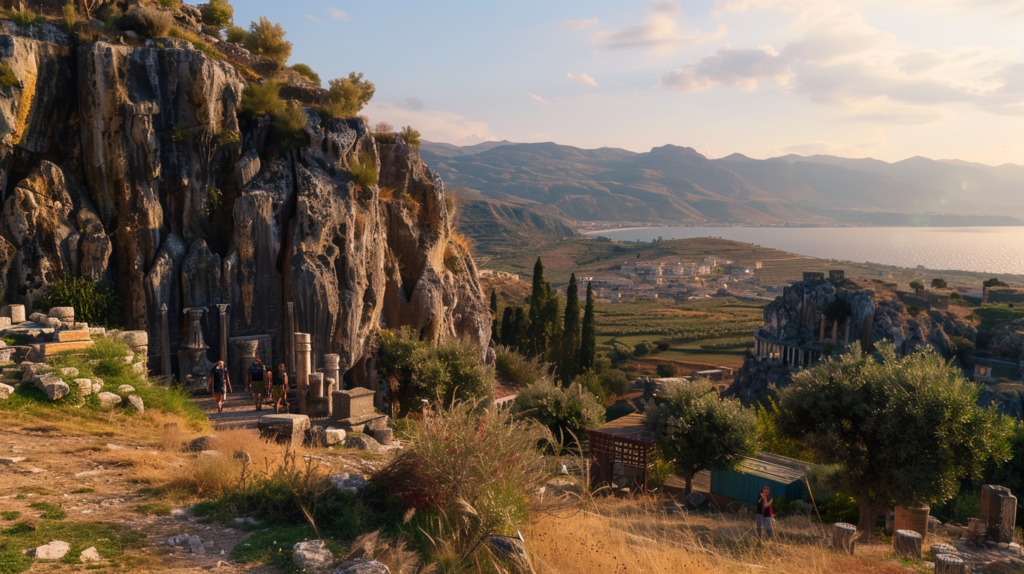
Demre’s real ascent begins during the Bronze Age (2000–1500 BCE), when it became part of the Lycian civilization, a unique and independent confederation of cities known for its democratic federation and advanced culture. Myra (ancient Demre) was one of the principal cities of Lycia. The Lycians built magnificent rock-cut tombs, many of which still peer down from the cliffs above Demre today. Their inscriptions and iconography show a blend of local and Hellenic influences, reflecting their openness to trade and diplomacy.
Greek & Roman Influence
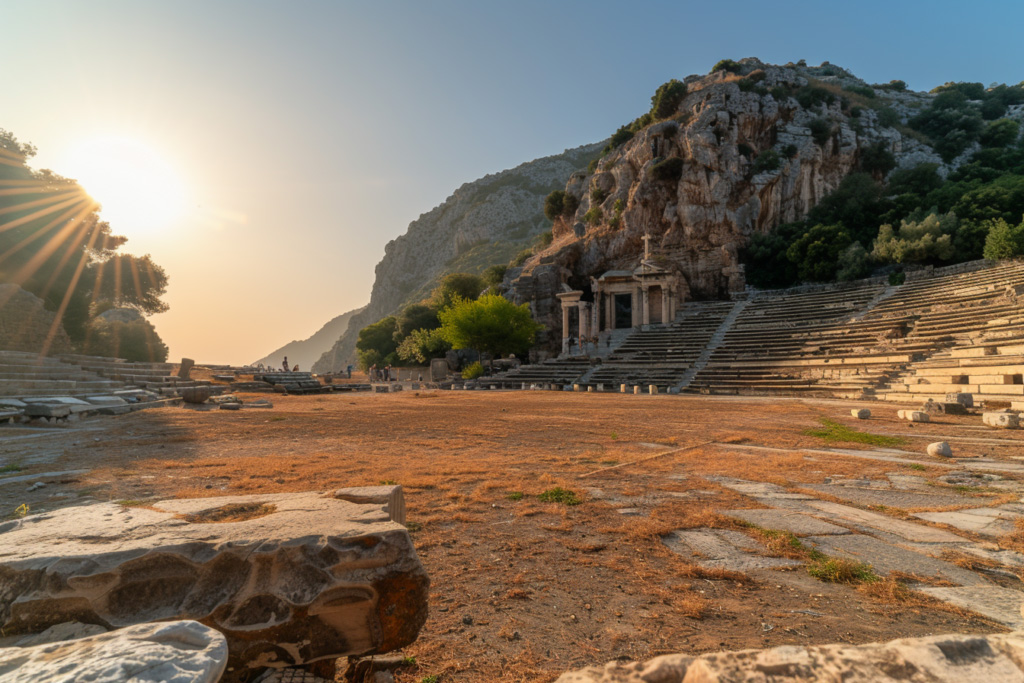
By the 4th century BCE, Lycia came under the influence of Alexander the Great, followed by Ptolemaic Egypt, and later the Roman Republic and Empire. Under Roman rule, Myra flourished. It became a prominent city within the Roman province of Lycia et Pamphylia. During this period, the city saw the construction of grand structures including:
- A theater carved into the hillside, still one of the best-preserved examples in Anatolia
- Roman baths and colonnaded streets
- An expanded harbor district in nearby Andriake (modern Çayağız), which became a significant port of trade and shipbuilding
Myra’s prominence made it a cultural and economic hub in the region.
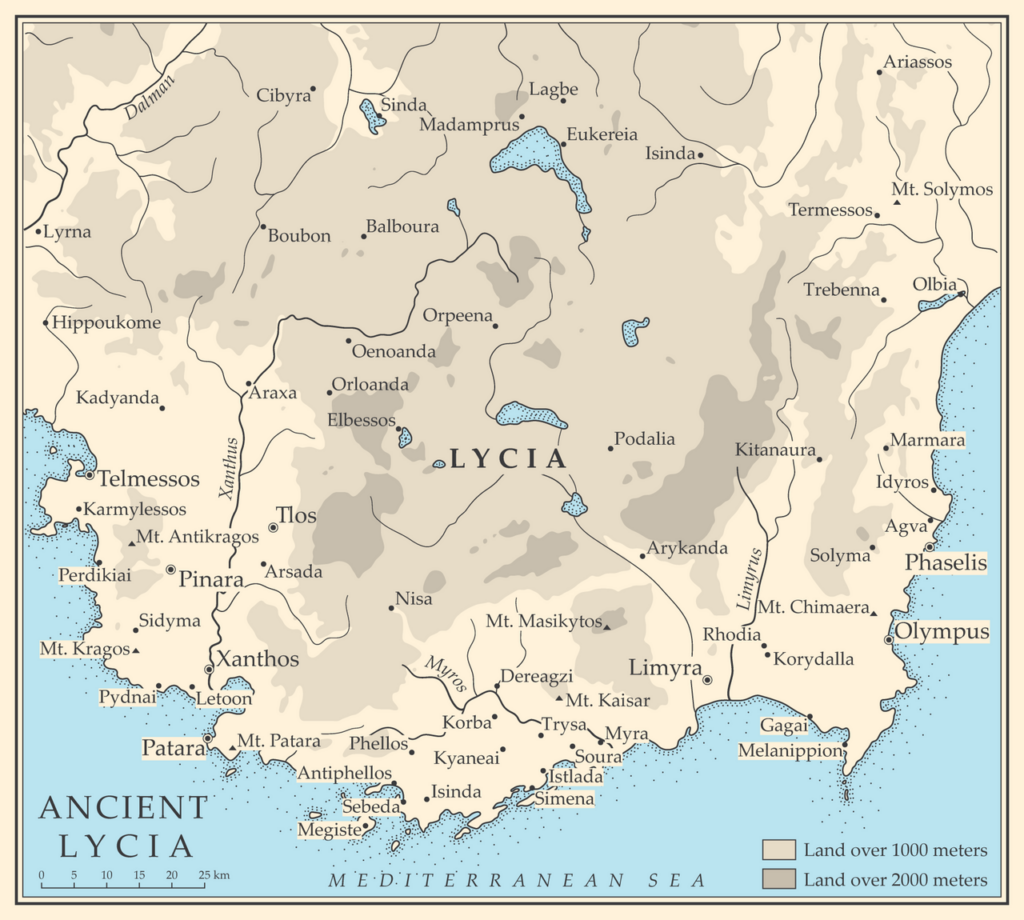
Byzantine Era & Saint Nicholas
The Byzantine period (4th–11th centuries CE) marked the spiritual peak of Myra’s history. The city became a major Christian center and the seat of a bishopric. Most famously, it was the home of Saint Nicholas, a 4th-century bishop known for his generosity and miracles — the historical figure who inspired the legend of Santa Claus.
- The Church of St. Nicholas, built over his tomb, became a pilgrimage site as early as the 6th century
- Myra served as a prominent center for early Christianity, especially during church councils and theological debates
- The city was adorned with Byzantine mosaics, frescoes, and religious architecture
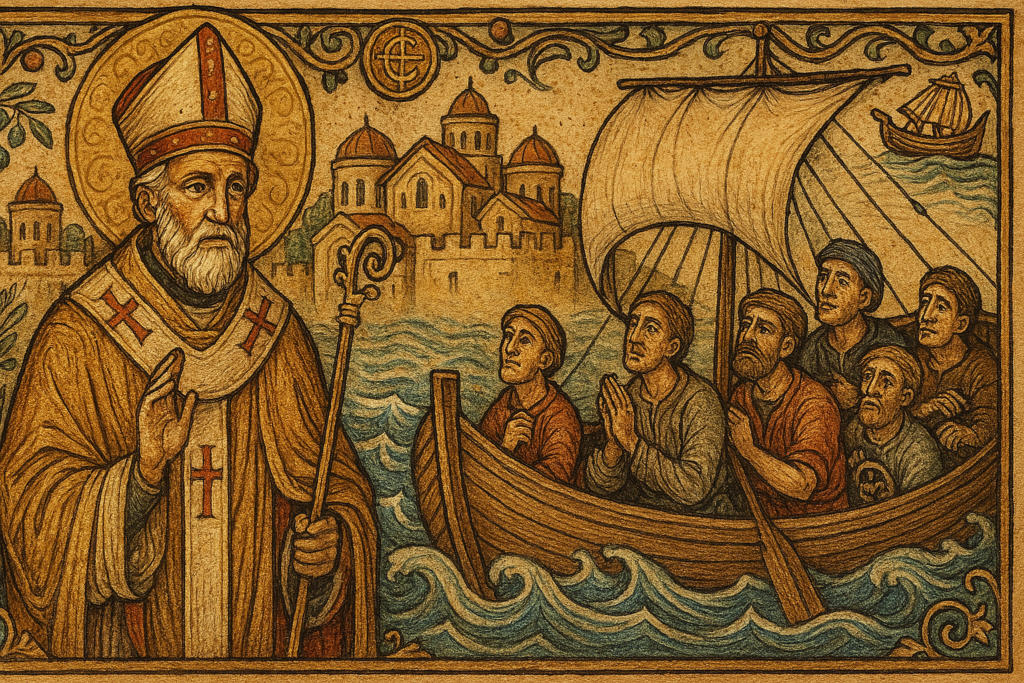
Saint Nicholas was later canonized, and his cult spread throughout Europe. In 1087, Italian merchants stole his remains and took them to Bari, but his spirit still lingers strongly in Demre, where his original church draws visitors from around the world.
Seljuk and Ottoman Periods
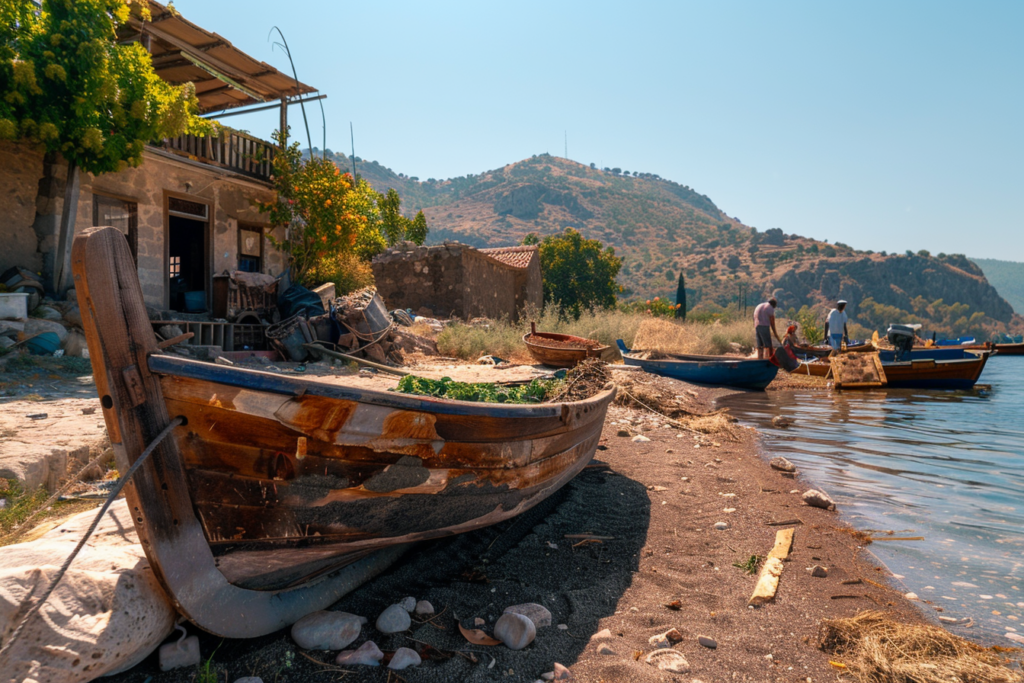
Following the decline of Byzantine influence and the devastating Arab raids of the 7th–8th centuries, Myra gradually fell into decline. By the 11th century, the region was under Seljuk Turkish control, later succeeded by the Ottoman Empire in the 14th century. The once-bustling city of Myra became smaller and more rural in nature. However, life continued in the form of small farming and fishing communities.
Ottoman-era records refer to the area around Demre as part of the Antalya Vilayet (province). While it never regained its classical importance, the area remained a quiet but culturally rich settlement, with its Lycian ruins still visible and respected by local inhabitants.
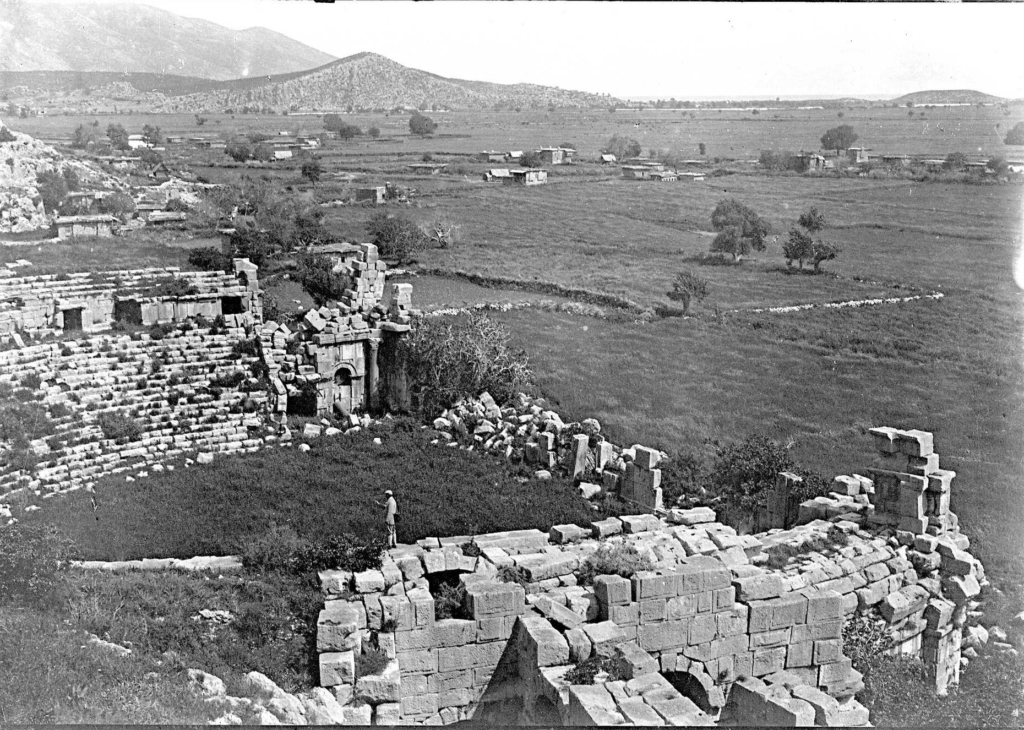
Modern Demre: A Town Reborn
The modern town of Demre was officially established in the 20th century, known initially as Kale, and later renamed Demre in 2005 to reflect its historic roots. Agriculture — especially tomato farming and citrus orchards — forms the backbone of the local economy. Tourism has grown steadily thanks to the town’s archaeological and religious significance.
Today, visitors can explore:
- The hauntingly beautiful Lycian rock tombs and Roman theater »
- The restored Church of St. Nicholas, still an active site for Orthodox pilgrims »
- The ancient harbor of Andriake, now home to the Demre Museum of Lycian Civilizations »
Demre is also a stop along the Lycian Way, a long-distance hiking trail that connects ancient cities along the Turkish coast, offering travelers a chance to walk through 3,000 years of history.
A Living Heritage
Demre is not just a place to see ruins or snap photos. It’s a place where history lives on in quiet corners, in the scent of orange blossoms, in the chants of the church, and in the warm smiles of people who know they walk on sacred, storied ground. From prehistoric settlers to Lycian lords, Roman engineers to Byzantine saints, Seljuk beys to modern villagers — Demre is a mosaic of civilizations, a living link between past and present.
Come and discover it for yourself.
| Year | Era | Key Highlights |
|---|---|---|
| 5000 BCE | Prehistoric Era | First human settlements near Myros River |
| 2000–500 BCE | Bronze Age & Lycian Rise | Formation of Lycian culture and rock tombs |
| 500 BCE–400 CE | Hellenistic & Roman Period | Theater, Roman baths, Andriake port |
| 400–1000 CE | Byzantine Era | Saint Nicholas, Church of St. Nicholas, Christian pilgrimage |
| 1000–1900 | Seljuk & Ottoman | Decline of Myra, small village life |
| 1900–Today | Modern Demre | Agricultural revival, tourism, historical preservation |
* Some of the images used in this post are representative illustrations generated by AI. They are intended to visually capture the mood, style, and storytelling spirit of the content. While inspired by real settings and characters, these visuals are not photographs of actual people or places.

